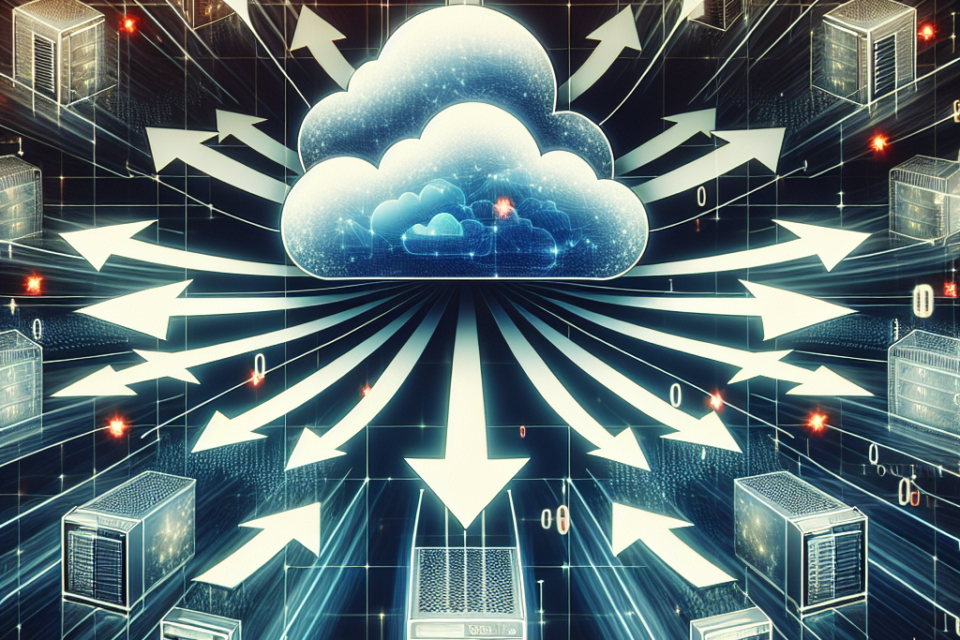Edge Computing: Enhancing the Speed of Data Processing

Introduction to Edge Computing
As the digital landscape evolves, organizations are faced with the challenge of processing vast amounts of data efficiently and swiftly. The emergence of edge computing has become a game-changer in addressing this challenge. By decentralizing data processing and bringing it closer to the source of data generation, edge computing enhances the speed at which data can be analyzed and acted upon.
What is Edge Computing?
Edge computing refers to the practice of processing data near the source of data generation rather than relying solely on a centralized data center. This approach reduces latency, optimizes bandwidth, and improves response times, making it ideal for applications that require real-time processing and quick decision-making.
Key Components of Edge Computing
- Edge Devices: These are the endpoints that generate data, such as IoT devices, sensors, and smartphones.
- Edge Nodes: These servers or gateways are responsible for processing and analyzing data locally before sending it to the cloud.
- Cloud Integration: Even with edge computing, cloud infrastructure plays a crucial role in handling large-scale data storage and complex analysis.
The Benefits of Edge Computing
1. Reduced Latency
One of the primary advantages of edge computing is its ability to reduce latency. By processing data locally, edge computing minimizes the time it takes for data to travel to a centralized location and back. This is particularly beneficial for applications like autonomous vehicles and smart manufacturing, where split-second decisions are critical.
2. Improved Bandwidth Efficiency
Sending massive amounts of data to the cloud can flood network bandwidth, causing congestion and slowdowns. Edge computing alleviates this issue by processing data at the source and only sending necessary information to the cloud, thereby optimizing bandwidth usage.
3. Enhanced Security and Privacy
With data being processed near its source, edge computing can enhance security and privacy. Sensitive information can be analyzed locally, minimizing the risk of data breaches during transmission. Organizations can implement more granular security measures tailored to specific edge devices.
4. Increased Reliability
Edge computing offers improved reliability, especially in scenarios where constant internet connectivity cannot be guaranteed. Local processing ensures that data can still be collected and analyzed, even during network outages.
5. Scalability
As organizations grow and the number of connected devices increases, edge computing provides a scalable solution to manage this growth efficiently. New edge nodes can be added as needed without overwhelming the central data center.
Applications of Edge Computing
1. IoT and Smart Cities
Edge computing is integral to the development of smart cities, where vast networks of IoT devices collect and analyze data to improve urban living. For instance, traffic lights powered by edge computing can adapt to real-time traffic conditions for better flow.
2. Healthcare
In the healthcare sector, edge computing enables real-time monitoring of patients through wearable devices. Data is processed locally, allowing for immediate action when anomalies are detected, thus improving patient outcomes.
3. Autonomous Vehicles
Autonomous vehicles rely heavily on edge computing to process sensor data in real time. This capability allows vehicles to make quick decisions, enhancing safety and efficiency on the roads.
4. Industrial Automation
Manufacturing processes increasingly utilize edge computing for predictive maintenance and operational efficiency. By analyzing data from machines locally, companies can identify potential issues before they lead to downtime.
The Future of Edge Computing
As technology continues to advance, the future of edge computing looks promising. With developments in 5G connectivity and AI, edge computing will further enhance its capabilities. The combination of high-speed networks and intelligent edge devices will accelerate data processing and open new possibilities for innovation.
Conclusion
Edge computing is revolutionizing data processing by enhancing speed and efficiency across various sectors. As organizations seek to harness the power of data, adopting edge computing strategies will likely become increasingly essential. By processing data closer to its source, businesses can improve response times, ensure security, and optimize their operations, positioning themselves for success in a data-driven world.
